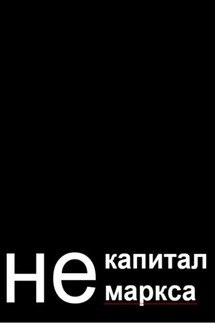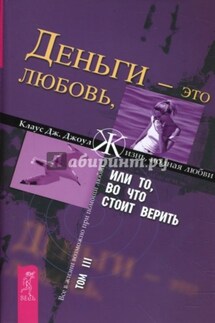The General Theory of Capital: Self-Reproduction of Humans Through Increasing Meanings - страница 52
“As long as the development of a people is so retarded economically that there is no significant amount of trade and the requirements of the various families for goods must be met directly from their own production, goods obviously have value to economizing individuals only if the goods are themselves capable of satisfying the needs of the isolated economizing individuals or their families directly. But when men become increasingly more aware of their economic interests, enter into trading relationships with one another, and begin to exchange goods for goods, a situation finally develops in which possession of economic goods gives the possessors the power to obtain goods of other kinds by means of exchange” (Menger 2007, pp. 226-7).
But in reality, the division between producing and consuming subjects did not come about through exchange. Circulation arose through production in excess of necessary consumption, that is, through the production of goods to be given away as voluntary gifts or forced tribute. The emergence of chiefdoms and states obviously preceded the emergence of markets, and production for giving preceded production for exchange. Production for exchange arose from production for self-consumption (i.e. household or subsistence economy) via production for giving.
Every economy combines three forms of relations between its participants. There is cooperation based on reciprocity (that is, on morality and gifts as a means of maintaining reputation), administration based on a plan, and competition based on conflict. Accordingly, the three main types of circulation are (1) cooperative circulation based on the exchange of gifts, (2) administrative circulation based on redistribution, and (3) competitive circulation based on the market (or occasionally on barter).
“Karl Polanyi analyzes the diversity of economic systems and identifies three logics of exchange: reciprocity or exchange through gifts; redistribution, which presupposes the existence of a center where goods are stored before being distributed; and market exchange. He notes that these logics of exchange most often coexist with what he calls householding, which consists of production for one’s own use” (Aglietta and Orléan 2002, p. 39).
Householding has always functioned on a social, not an individual level. In subsistence economy, the economic unit was the entire community (originally the extended family), which produced and (re)distributed products. The small family, separated from the extended family, is a later product of cultural evolution:
“The individualistic savage collecting food and hunting on his own or for his family has never existed. Indeed, the practice of catering for the needs of one’s household becomes a feature of economic life only on a more advanced level of agriculture; however, even then it has nothing in common either with the motive of gain or with the institution of markets. Its pattern is the closed group. Whether the very different entities of the family or the settlement or the manor formed the self-sufficient unit, the principle was invariably the same, namely, that of producing and storing for the satisfaction of the wants of the members of the group” (Polanyi 2001, pp. 55-6).
The development of the competitive circulation has economic and political conditions. The economic condition is the division of activities. When economic units specialize, they compete with each other and move from internal to external exchange. The political condition is the autonomy of economic units. When they become more independent of the community and more sovereign in their choices, the circulation of gifts and tributes turns into the circulation of goods produced for exchange. As economic units specialize and become independent, they require a neutral place for a more or less regular exchange of goods.







